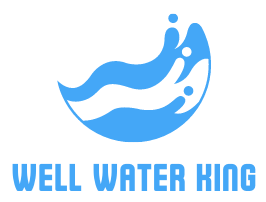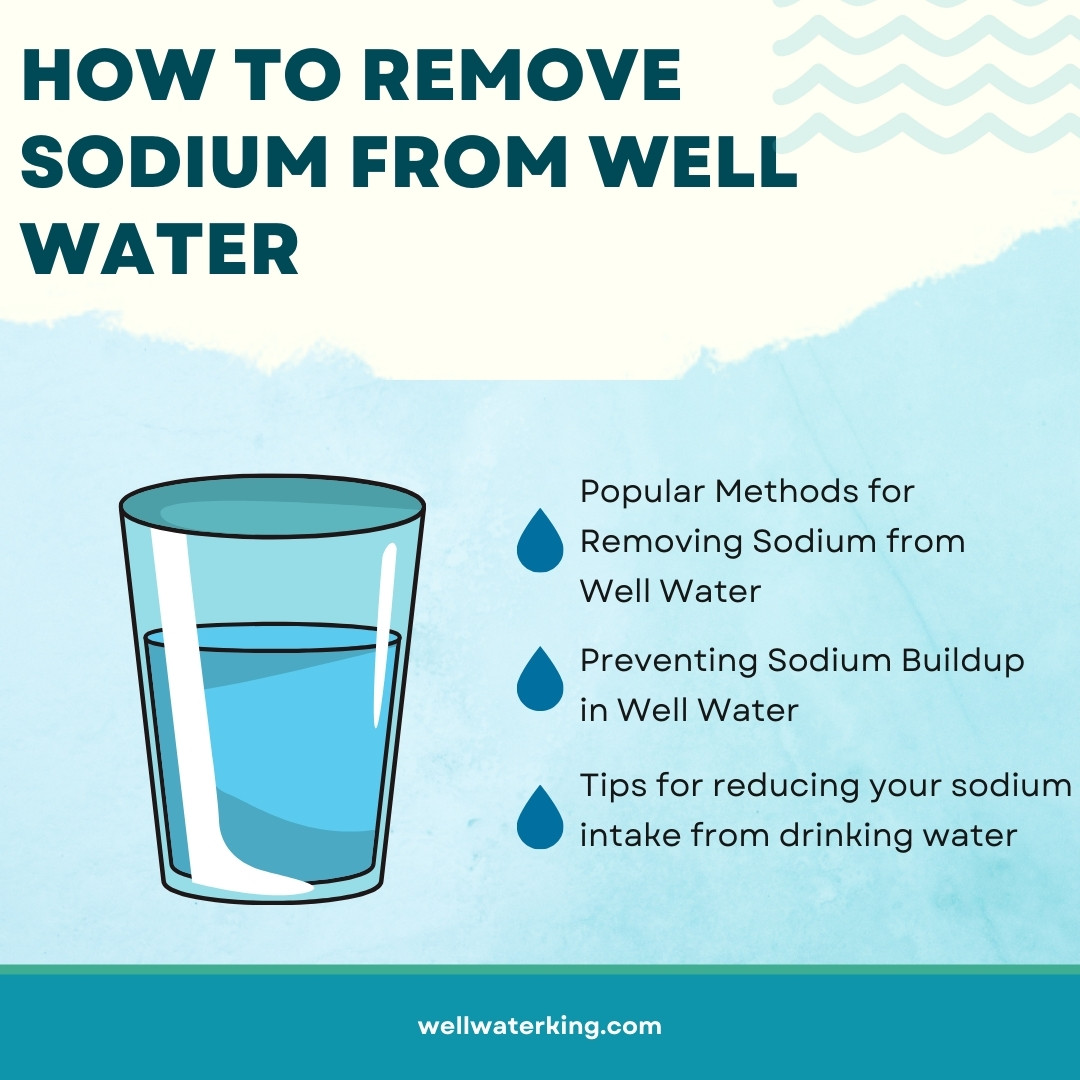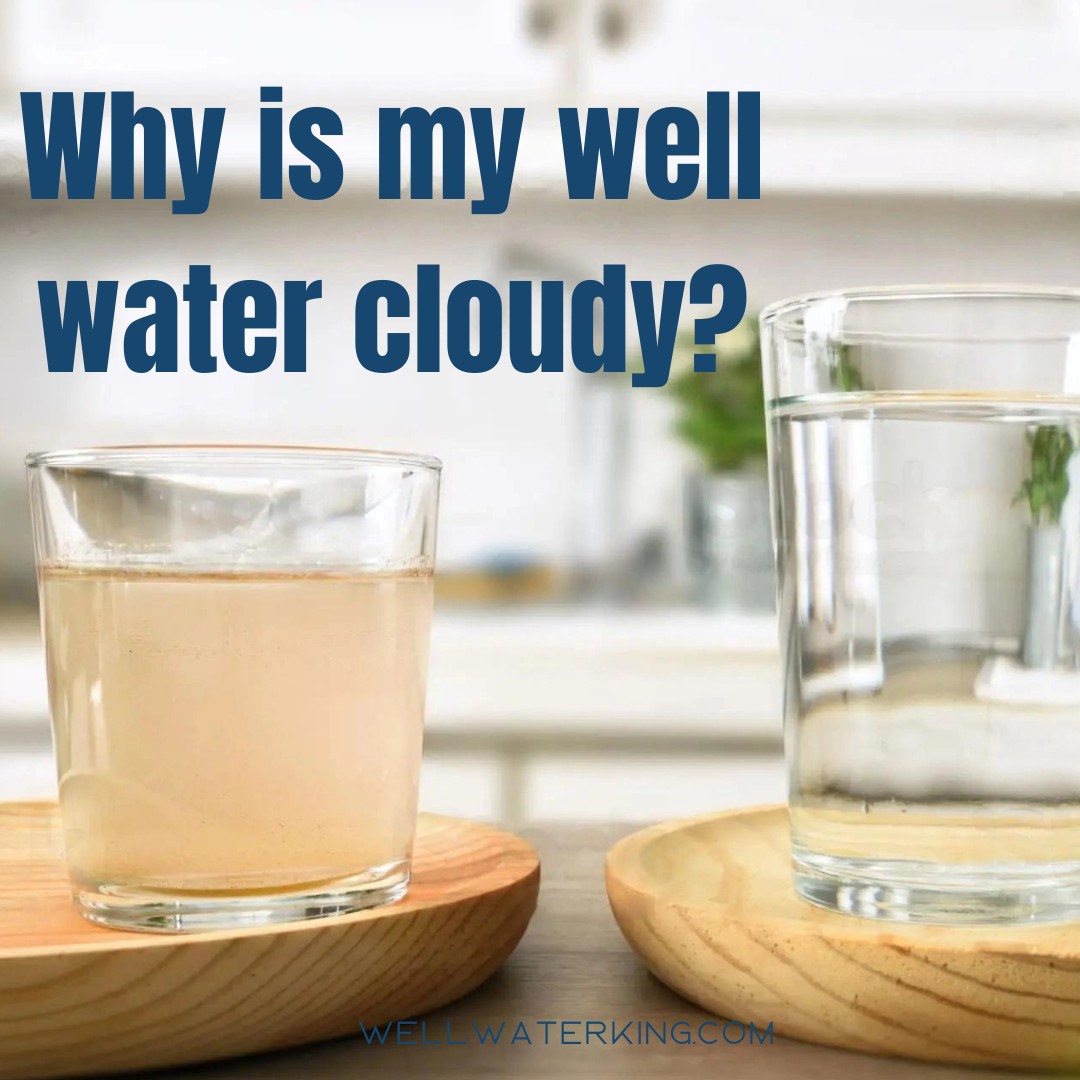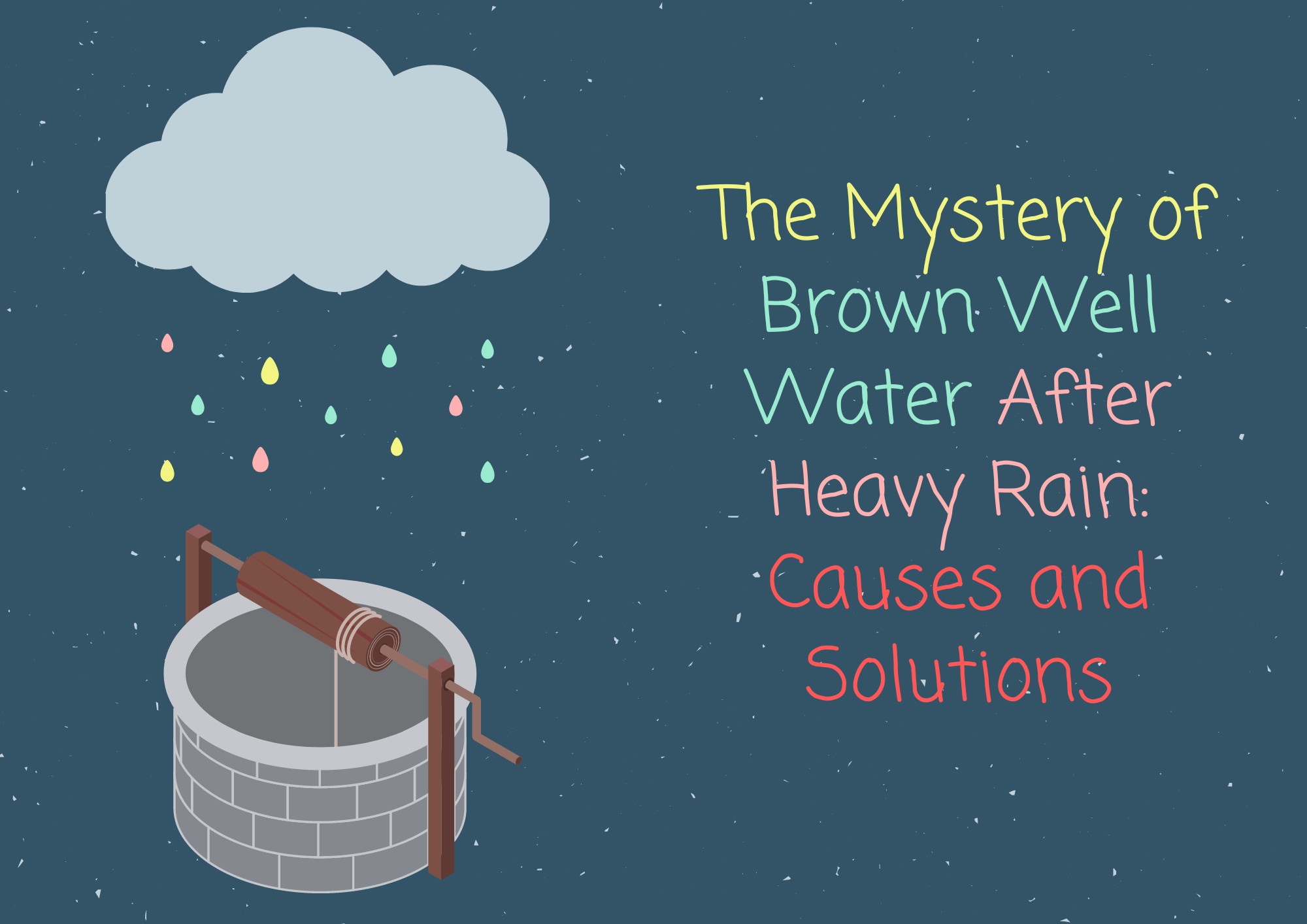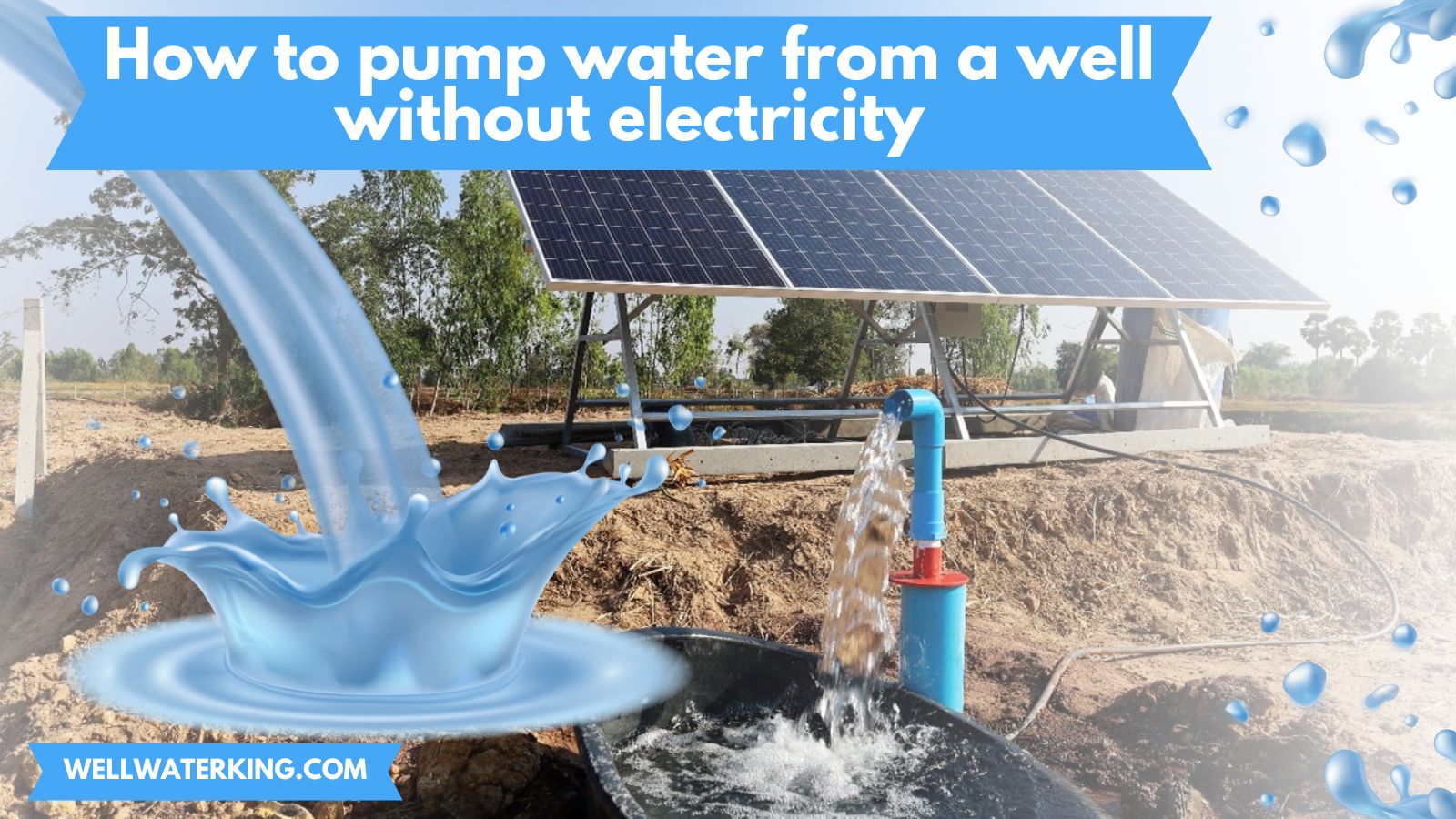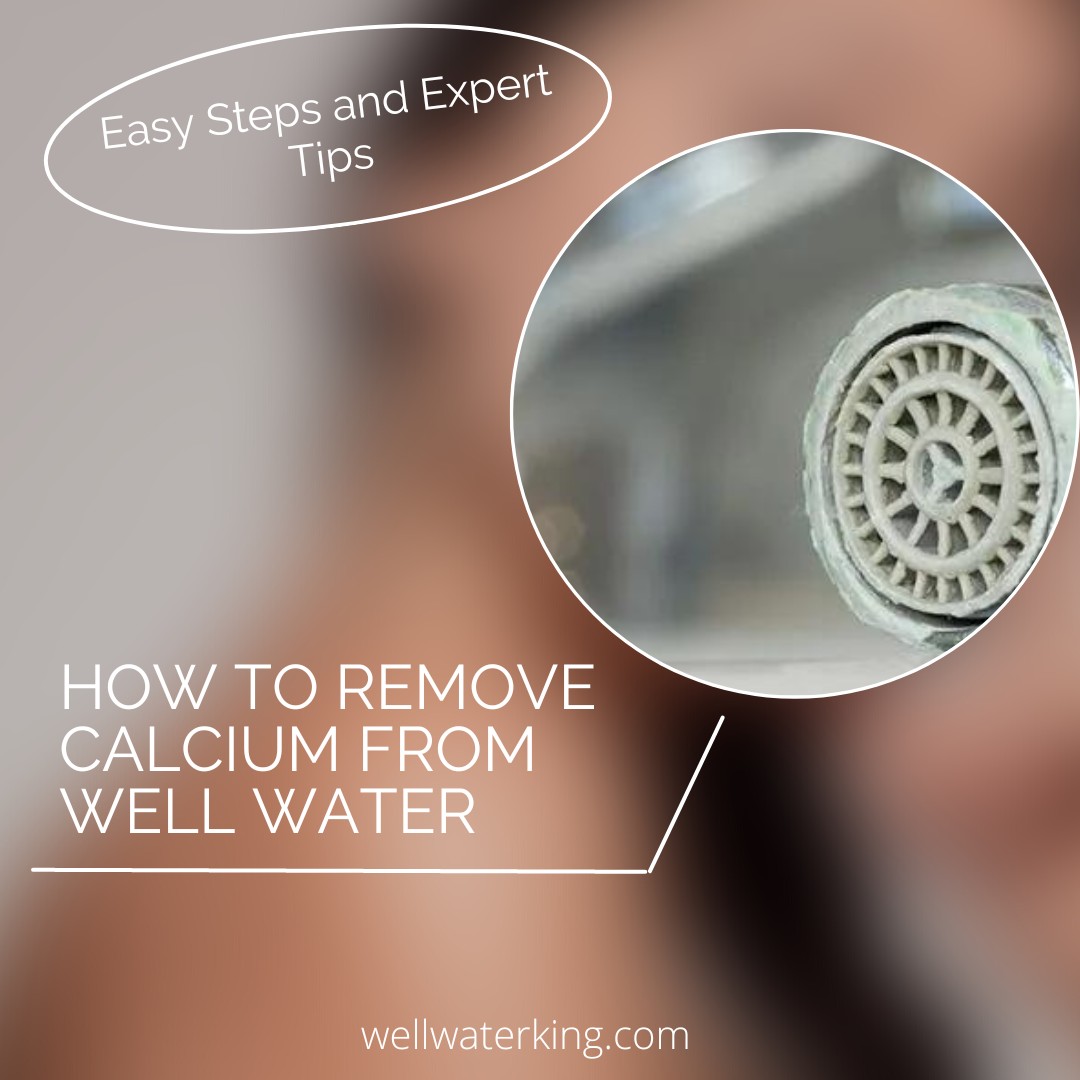Ever taken a sip from your well water only to be met with an unexpected salty taste? That’s a telltale sign of elevated sodium levels. While sodium is a naturally occurring element found in many water sources, excessive amounts in our drinking water can be a cause for concern, especially for those on a sodium-restricted diet or facing heart-related health issues.
But the burning question is, how does sodium even find its way into our pristine well waters, and more importantly, how can we ensure the water from our taps is as pure as nature intended?
From understanding the common culprits behind sodium’s presence to exploring the most effective methods for its removal, we’ve got you covered. So, if you’ve ever wondered whether reverse osmosis trumps ion exchange, or if distillation is worth the energy it demands, you’re in for a treat!
Stay with us as we journey through the intricacies of securing fresh, sodium-free water straight from your well.
Introduction to Sodium in Well Water
What is sodium, and how does it get into well water?
Sodium is a soft, silvery-white metal that’s highly reactive with water. In nature, it’s often found combined with other elements like chlorine to form salt. Well water, which is drawn from underground reservoirs, can naturally contain sodium, especially if it flows through salt deposits or salty soil.
How much sodium is too much in well water?
The Environmental Protection Agency (EPA) does not regulate sodium in drinking water, but many health organizations suggest levels below 20 mg/L for those on low-sodium diets. Generally, if you can taste the saltiness in your well water, it might be a good sign to check its sodium content.
Common Methods for Removing Sodium from Well Water
| Method | How It Works | Effectiveness |
|---|---|---|
| Reverse Osmosis | Forces water through a fine membrane, leaving sodium and other impurities behind. | Extremely effective, removes up to 98% of sodium. |
| Distillation | Heats water to form steam. The steam leaves sodium behind and is then cooled back into water. | Very effective; almost 100% sodium removal. |
| Ion Exchange | Trades sodium ions for other ions, like potassium. | Very effective, but replaces sodium with another mineral. |
| Deionization | Removes all ions, including sodium, from water. | Very effective; close to 100% removal. |
| Boiling | Similar to distillation but less controlled. | Partially effective; some sodium remains. |
| Carbon Filtration | Uses activated carbon to remove contaminants. | Not very effective for sodium, better for organic impurities. |
Detailed Description of Sodium Removal Methods
Reverse Osmosis
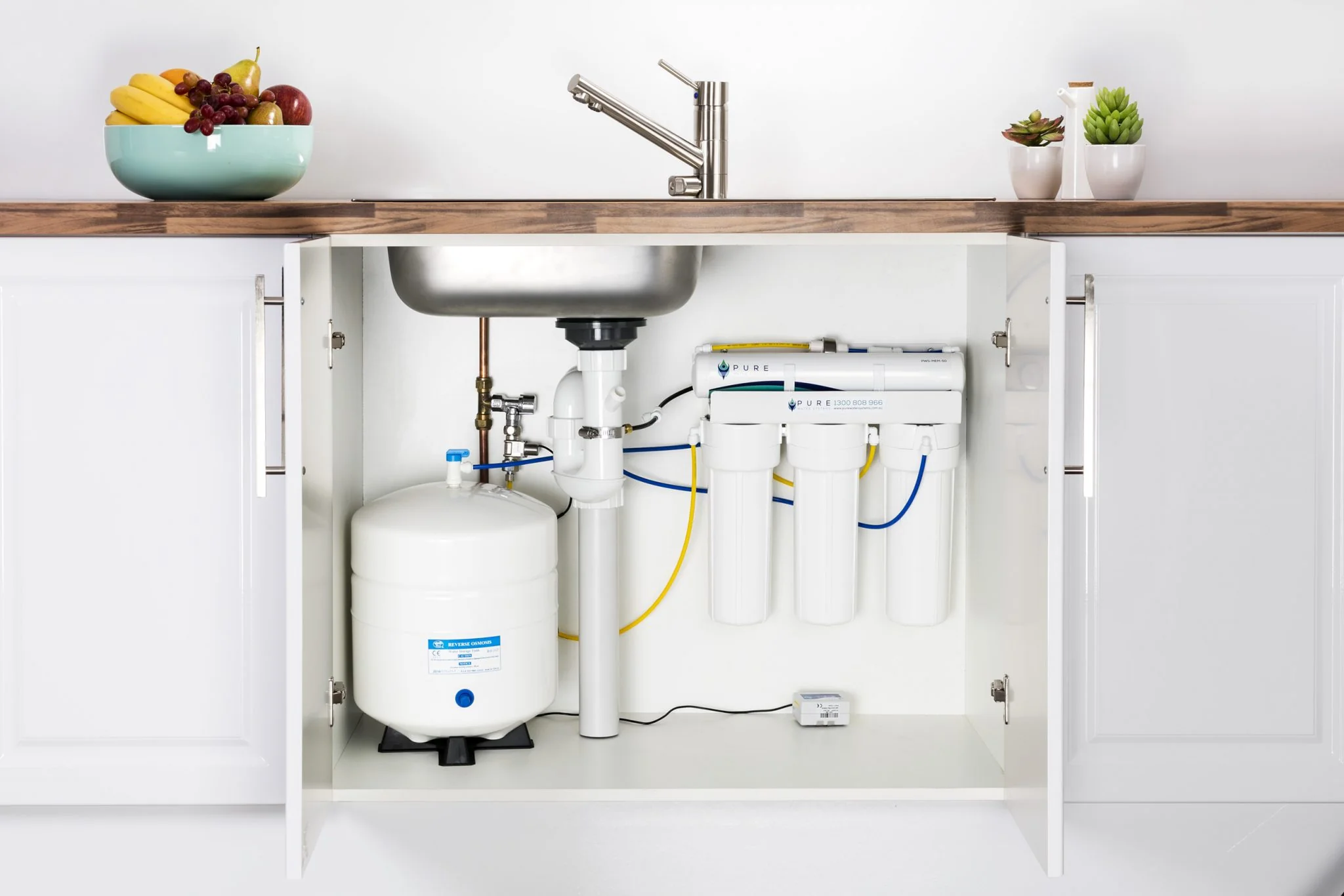
Reverse Osmosis (RO) is a process where water is pushed through a semi-permeable membrane under pressure. This membrane has tiny pores that allow only water molecules to pass through, leaving larger molecules like sodium, other contaminants, and impurities behind. The clean water is then collected, and the contaminants are flushed away.
| Pros | Cons |
|---|---|
| Extremely effective in removing up to 98% of sodium | Produces wastewater which can increase water usage |
| Improves overall taste of the water | Periodic membrane replacement required |
| Can remove other contaminants besides sodium | Initial setup cost can be high |
Distillation
Distillation involves boiling water to produce steam. As the water boils, it leaves sodium and other impurities behind. The steam rises and is then cooled and condensed back into liquid form in a separate chamber, resulting in pure distilled water.
| Pros | Cons |
|---|---|
| Almost 100% effective in removing sodium | Can be energy-intensive due to boiling process |
| Produces very pure water | Slower than other methods |
| Removes other contaminants and impurities | May remove beneficial minerals from water |
Ion Exchange
Ion exchange units, often referred to as water softeners, contain resin beads charged with potassium or sodium ions. As water flows over these beads, undesired ions (like calcium, magnesium, and sodium) are swapped for the potassium or sodium ions on the beads.
| Pros | Cons |
|---|---|
| Effective in exchanging sodium ions | Introduces another mineral (like potassium) into the water |
| Can soften hard water by removing calcium and magnesium | Regular maintenance and resin bead replacement |
| Improves overall water quality | Might not be ideal for those on a strict low-sodium diet |
Deionization
Deionization uses special resin materials to remove all ions, including sodium, from water. The process strips the water of its minerals, resulting in demineralized or deionized water. Often, a combination of cation and anion resins are used.
| Pros | Cons |
|---|---|
| Provides very pure water | Resins need regular regeneration |
| Effectively removes all ions, including sodium | Can be expensive to set up |
| Fast process | Demineralized water might not be ideal for daily drinking |
Boiling
Similar to distillation, boiling involves heating water to its boiling point. While it doesn’t remove sodium as effectively as distillation, it can reduce its concentration.
| Pros | Cons |
|---|---|
| Simple and doesn’t require special equipment | Only partially effective in removing sodium |
| Can kill bacteria and other pathogens | Energy-intensive |
Carbon Filtration
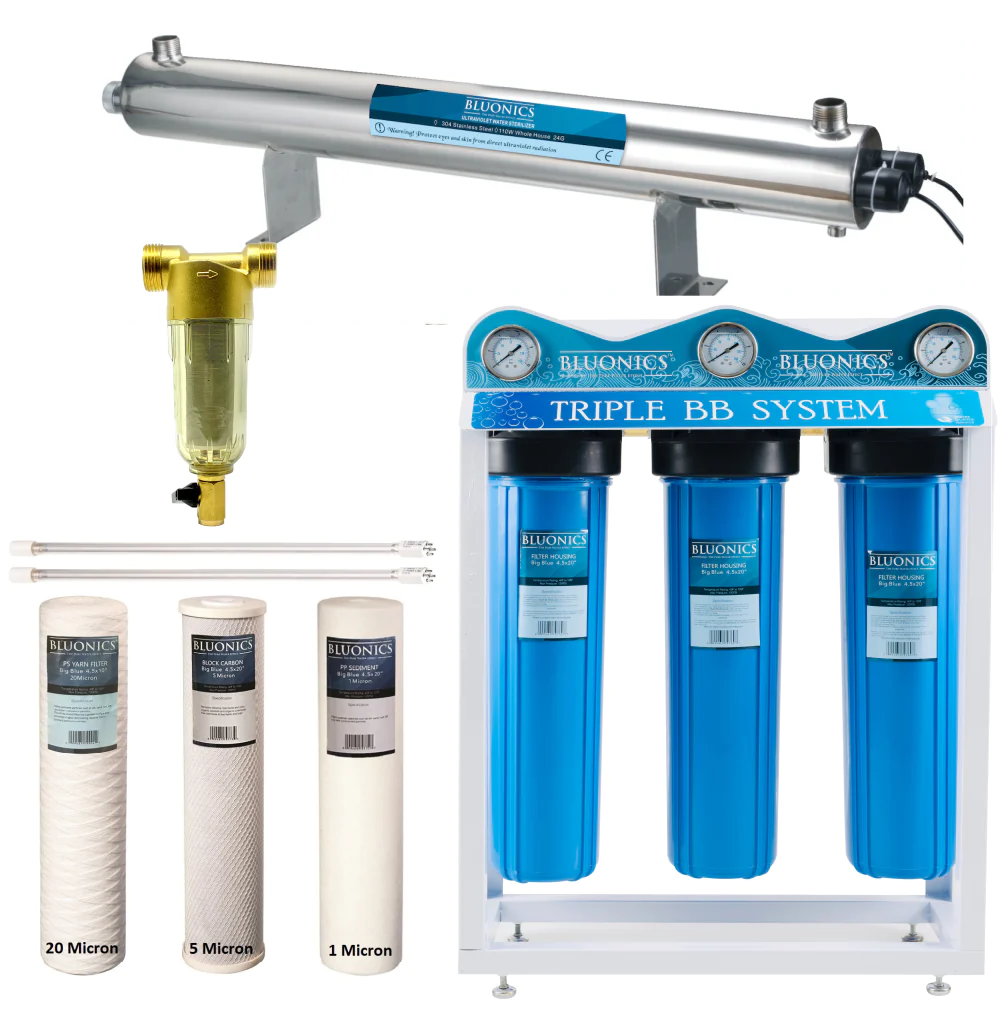
Carbon filtration uses activated carbon to remove contaminants. Water flows through a bed of activated carbon where organic impurities are absorbed. However, it’s not particularly effective against sodium.
| Pros | Cons |
|---|---|
| Effective against organic contaminants and improves taste | Not very effective in removing sodium |
| Relatively low maintenance | Regular replacement of carbon filters required |
| Can remove other contaminants like chlorine | Might not be sufficient as a standalone treatment for sodium-rich water |
Choosing the Right Sodium Removal Method for Your Well Water
Navigating the maze of water purification methods can feel overwhelming, especially when it comes to something as specific as sodium removal from well water. The right choice hinges on a blend of scientific knowledge, practical considerations, and personal preferences. Here’s a comprehensive guide to help you make an informed decision tailored to your unique situation.
Assess Your Situation
Before diving into solutions, it’s crucial to understand the problem’s extent.
- Test Your Well Water: Knowing the exact sodium concentration in your water will help you ascertain the urgency and degree of treatment required. Home test kits can give a general idea, but for precise results, consider sending a water sample to a certified laboratory.
- Evaluate Your Water Consumption: How much water does your household consume daily? High-consumption households might lean towards solutions that cater to larger volumes.
Understand the Methods
Each sodium removal method offers distinct advantages, but they also come with their respective limitations:
- Reverse Osmosis: Highly effective and improves overall water taste but requires periodic membrane replacement and produces wastewater.
- Distillation: Offers near-perfect sodium removal but is energy-intensive and slower.
- Ion Exchange: A popular method for water softening that swaps sodium ions with other ions, like potassium, but it doesn’t necessarily reduce the overall mineral content.
- Deionization: Provides mineral-free water but requires regular resin regeneration.
Consider Practical Aspects
- Budget: While all methods aim to reduce sodium, their costs can vary significantly. Determine an affordable range for both initial setup and ongoing maintenance.
- Maintenance: Some systems demand regular care, from filter replacements to periodic cleaning. Ensure you’re ready for the commitment, both in terms of time and finances.
- Space: Some equipment, like distillation units or large RO systems, may require more space. It’s crucial to ensure your chosen method fits comfortably within your home setup.
- Environmental Concerns: If conserving water and energy is essential for you, methods like distillation or RO, which can be more wasteful, might not be your top pick.
Seek Expert Advice
Lastly, consulting with a water treatment professional can be invaluable. They can provide insights tailored to your situation, taking into account local water conditions, the best available technologies, and your specific needs.
Choosing the right sodium removal method for your well water is a vital step towards ensuring your household’s health and well-being. Armed with knowledge and a clear understanding of your needs, you’re now better equipped to make the best choice for pure, refreshing water.
Preventing Sodium Buildup in Well Water
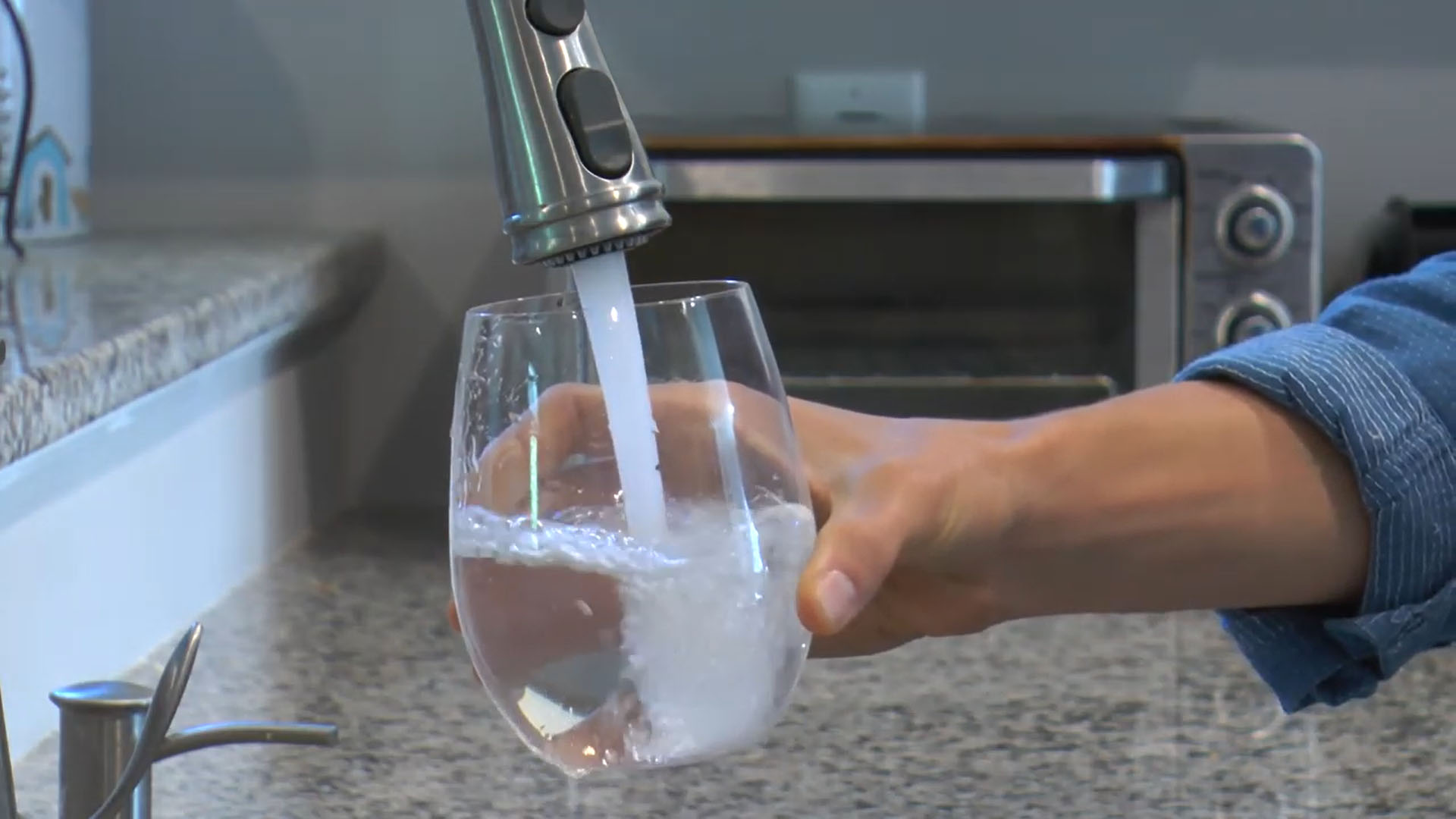
Sodium in well water, while natural to some extent, can escalate due to various reasons. Instead of just focusing on its removal after it’s already in your well, a preventive approach can be both environmentally-friendly and cost-effective. Here’s how you can proactively prevent sodium buildup in your well water.
Understand the Sources
Recognizing the primary sources of sodium will give you a head start in your preventive measures:
- Natural Occurrence: Geological formations, particularly in coastal regions, can naturally introduce sodium into groundwater. Understand the geological makeup of your region to anticipate sodium levels.
- Road Salts: In colder regions, salts are often spread on roads to prevent ice formation. These salts can eventually leach into groundwater.
- Septic Systems and Sewage: Improperly managed systems can contribute to sodium contamination.
Adopt Preventive Measures
- Limit Salt Use: If you’re in an area prone to icy conditions, explore alternative, eco-friendly de-icers or limit the amount of road salt.
- Maintain Your Septic System: Regular inspections and maintenance of your septic system can prevent unwanted sodium (from household cleaning agents and other sources) from leaching into the groundwater.
- Well Placement and Construction: Ensure your well is situated away from potential sodium sources. Proper sealing is also crucial to prevent surface runoff, which might contain sodium, from entering the well.
- Use Sodium-free Water Softeners: Traditional water softeners replace calcium and magnesium with sodium, increasing sodium levels in the treated water. Opt for potassium-based softeners or consider alternatives like magnetic or electronic water conditioners.
- Mindful Landscaping: Plant vegetation around your well to act as a natural barrier against surface runoff. Certain plants can also help absorb excess sodium.
- Educate Your Community: If many households in your community rely on wells, consider community-wide initiatives to limit sodium. Collective actions, like reducing road salt use, can have a significant impact.
Regular Testing
- Stay Informed: Conduct regular tests of your well water. While annual tests are a good standard, consider testing more frequently if there have been significant alterations around your well or if you detect a change in your water’s taste.
- Use Reliable Test Kits: While home test kits can give you a ballpark figure, occasionally sending your water for laboratory testing ensures accuracy.
Prevention is always better than cure. By understanding potential sodium sources and taking proactive measures, you can greatly reduce the risk of excessive sodium buildup in your well water. Keeping your water’s sodium levels in check not only ensures a healthier lifestyle for your household but also helps in maintaining the delicate ecological balance of your surroundings.
FAQs about remove sodium from well water
How do you filter sodium out of well water?
You can filter sodium from well water using reverse osmosis, distillation, ion exchange, or deionization. The choice of method often depends on sodium concentration and other water quality factors.
How do you extract sodium from water?
Reverse osmosis is a popular method to extract sodium from water. It employs a semipermeable membrane to separate sodium ions and other contaminants from the water, producing purified output.
What causes high sodium in well water?
High sodium in well water can be due to natural geological formations, road salts, septic systems leaks, or even from water softeners replacing calcium and magnesium with sodium ions.
Do water purifiers remove sodium?
Not all water purifiers remove sodium. It depends on the technology employed. Systems like reverse osmosis and distillation can effectively remove sodium, while standard carbon filters typically cannot.
Is there a water filter that removes sodium?
Yes, reverse osmosis systems are water filters specifically designed to remove dissolved solids, including sodium. Distillation units can also effectively remove sodium.
Does reverse osmosis filter remove sodium?
Absolutely! Reverse osmosis filters are highly effective in removing sodium ions, with an efficiency rate of up to 99% for some units. They are a preferred choice for sodium removal in households.
Conclusion
We’ve delved deep into the world of sodium in well water, unearthing truths, busting myths, and unveiling actionable insights. Water, the lifeblood of our planet, isn’t just about quenching thirst but an intricate dance of elements, with sodium playing a starring role at times.
Our expedition has taught us that while nature often graces us with purity water, sometimes she needs a helping hand. Whether it’s using innovative methods to remove sodium or adopting preventive measures, we have the tools at our fingertips to ensure every sip from our taps is clean, safe, and satisfying.
